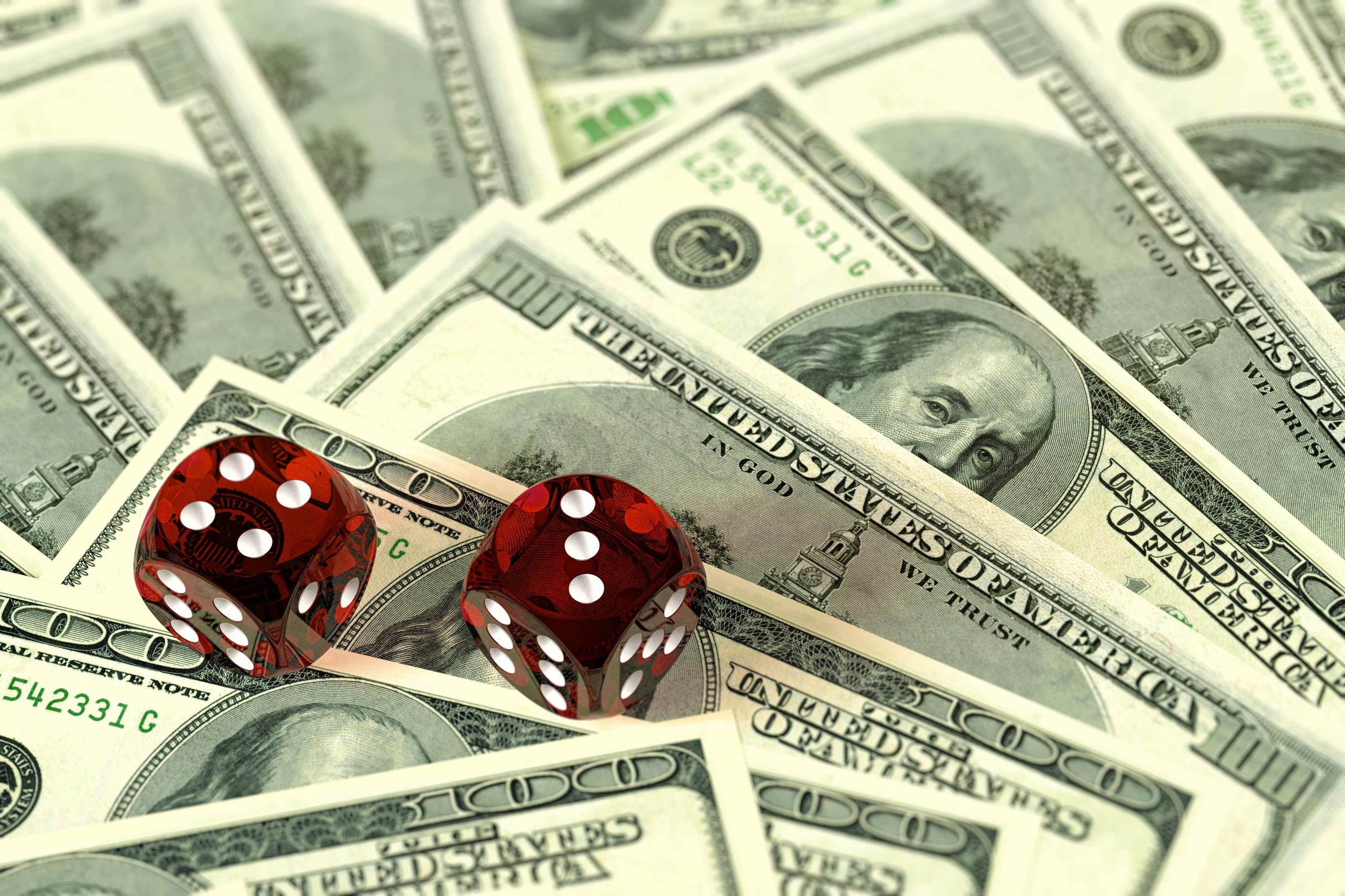Gambling odds refer to the probability of an event occurring. The higher the probability of an event occurring, the lower the odds. For example, if the probability of a horse winning a race is 0.5 (50%), then the odds of that horse winning the race are 1 to 1 (or 1/1). If the probability of a horse winning a race is 0.75 (75%), then the odds of that horse winning are 3 to 1 (or 3/1).
The gambling odds are important because they are used to determine payouts. For example, if you bet $100 on a horse with 3 to 1 odds and it wins, you will receive $400 back ($100 x 4 = $400). If you bet $100 on a horse with 1 to 1 odds and it wins, you will only receive $200 back ($100 x 2 = $200).
There are many different types of bets that can be made and the odds will vary depending on the type of bet. Some common types of bets include:
Moneyline: This is a bet on which team will win a game. The team with the lower probability of winning will have higher odds. For example, if the Los Angeles Lakers are playing the Chicago Bulls, the Lakers might have odds of 2 to 1 while the Bulls might have odds of 1 to 2. This means that if you bet $100 on the Lakers, you would receive $200 back if they win ($100 x 2 = $200). If you bet $100 on the Bulls, you would only receive $50 back if they win ($100 x 1/2 = $50).
Point Spread: This is a bet on how much one team will win or lose by. For example, if the Lakers are playing the Bulls and the point spread is 5, this means that the Lakers must win by more than 5 points for you to win your bet. If they win by exactly 5 points, then it is a push and you get your money back. If they lose by any amount, then you lose your bet.
Over/Under: This is a bet on whether the total points scored in a game will be over or under a certain number. For example, if the over/under for the Lakers-Bulls game is 180 and you bet on the over, you would need more than 180 points to be scored in the game for you to win your bet. If exactly 180 points are scored, then it is a push and you get your money back. If fewer than 180 points are scored, then you lose your bet.
Parlays: This is a bet that combines two or more bets into one. For example, you could bet that the Lakers will win and that the over/under will be met. If both bets win, then you would win both bets. If one bet wins and one loses, then you would only win or lose the amount of your original bet. If both bets lose, then you would lose both bets.
What does 1 to 1 odds mean?
When betting on sports, 1 to 1 odds means that if you bet $1, you will win $1. This is also known as “even money.” Essentially, this means that there is no advantage to be gained by betting on either side. The odds are equal.
This is different than other types of bets, where the odds may be skewed in favor of one team or another. For example, if the odds are 2 to 1, that means that if you bet $1 and win, you will get $2 back. In this case, there is an advantage to betting on the favorite because they are more likely to win.
Conversely, if the odds are 1 to 2, that means that if you bet $1 and win, you will only get $0.50 back. In this case, there is an advantage to betting on the underdog because they are less likely to win but will pay out more if they do.
So, what does 1 to 1 odds mean? It simply means that there is no advantage to be gained by betting on either side. The odds are equal.
How do you read gambling odds?
When it comes to gambling, one of the most important things to understand are the odds. The odds represent how likely it is for a certain event to occur, and they can be presented in a variety of ways. In this article, we’re going to take a look at how to read gambling odds so that you can be better informed when placing your bets.
One of the most common ways to express odds is with a fraction. For example, if the odds of an event occurring are 2/1, this means that for every 1 time the event occurs, it will occur 2 times. In other words, the event is twice as likely to occur as it is not to occur.
If you’re looking at the odds of an event occurring and you see a number with a minus sign in front of it (e.g. -200), this means that the event is more likely to occur than not. In order to calculate how likely it is for the event to occur, you take the number after the minus sign and divide it by the number before the minus sign (in this case, 200). This gives you the probability that the event will occur; in this example, it would be 0.5 (or 50%).
Conversely, if you see a number with a plus sign in front of it (e.g. +150), this means that the event is less likely to occur than not. To calculate the probability of the event occurring in this case, you take the number after the plus sign and divide it by the number before the plus sign (in this case, 150). This gives you the probability that the event will occur; in this example, it would be 0.667 (or 66.7%).
It’s also important to understand what “odds against” and “odds on” mean. If an event is “odds against”, this means that there are more chances of the event not happening than there are of it happening. For example, if the odds against an event are 3/1, this means that for every 3 times the event does NOT happen, it will happen once. In other words, the event is three times more likely NOT to happen than it is to happen.
On the other hand, if an event is “odds on”, this means that there are more chances of the event happening than there are of it not happening. For example, if the odds on an event are 1/3, this means that for every 1 time the event happens, it will happen 3 times. In other words, the event is three times more likely to happen than it is not to happen.
Now that you know how to read gambling odds, you can use this information to your advantage when placing your bets. Pay attention to how the odds are expressed and use them to calculate your probability of winning. With this knowledge in hand, you’ll be better equipped to make informed decisions about which bets to place and which ones to avoid.




